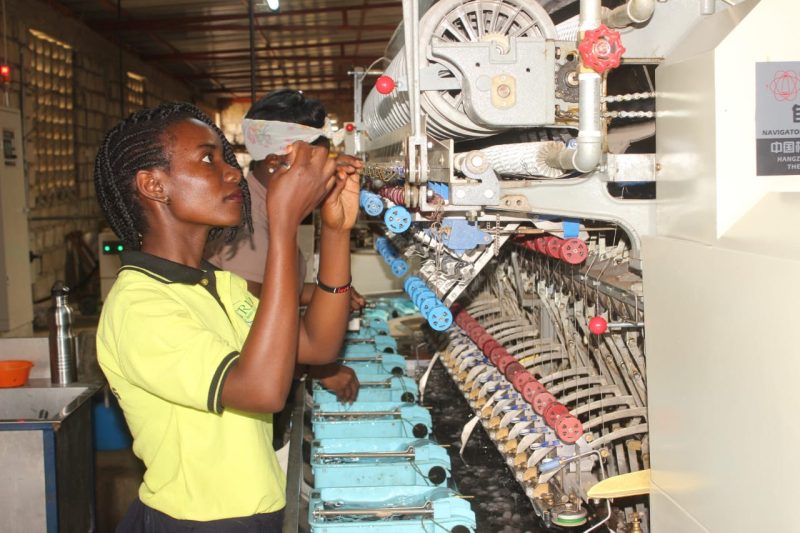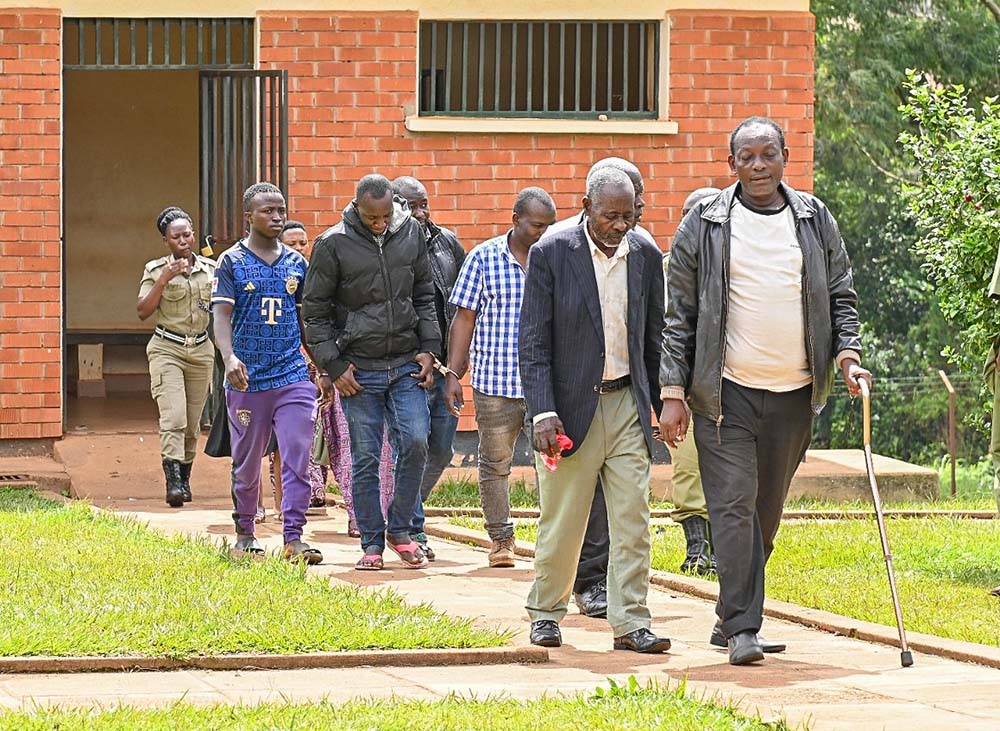The Ugandan government has invested over 31 billion shillings in a silk production project, but the project has been plagued by problems. The Parliamentary Committee on Science, Technology, and Innovation has released a report that found that over 20 billion shillings of the investment has been wasted.
The project is being implemented by the Tropical Institute of Development Innovations (TRIDI), a private company. The report found that TRIDI has not been able to effectively manage the project, and that there have been a number of problems, including:
- The construction of rearing houses has been delayed, which has led to the waste of mulberry leaves.
- The project has not been able to attract enough farmers to participate.
- The quality of the silk produced has been poor.
The report has recommended a number of measures to address the problems with the project, including:
- A forensic audit to be carried out to ascertain value for money.
- The ministry in charge of the project to halt the expansion of the project until the sericulture sites in Sheema and Kueen progress through the various stages of sericulture value chain and the products are released to the market for sale.
The report has also criticized the Ministry of Science, Technology, and Innovation for not doing enough to monitor the project and ensure that it is being implemented effectively.
The Minister of Science, Technology, and Innovation, Dr. Monica Musenero, has defended the project, saying that it is still in its early stages and that there have been some challenges, but that the project is on track to be successful.
The head of TRIDI, Clet Masiga, has also defended the project, saying that it has made significant progress and that the problems identified in the report are being addressed.
The future of the silk production project is uncertain. The report has raised serious concerns about the management of the project, and it is unclear whether the government will be able to turn the project around.
The project has the potential to be a major economic driver for Uganda, but it is important that the government takes steps to address the problems that have been identified. Otherwise, the project could end up being a waste of taxpayers’ money.
In addition to the problems mentioned in the report, there are also some other potential challenges that could face the silk production project. These include:
- The competition from other countries that are also producing silk.
- The high cost of production.
- The lack of a strong market for silk products in Uganda.
The government will need to address these challenges if the silk production project is to be successful.




















